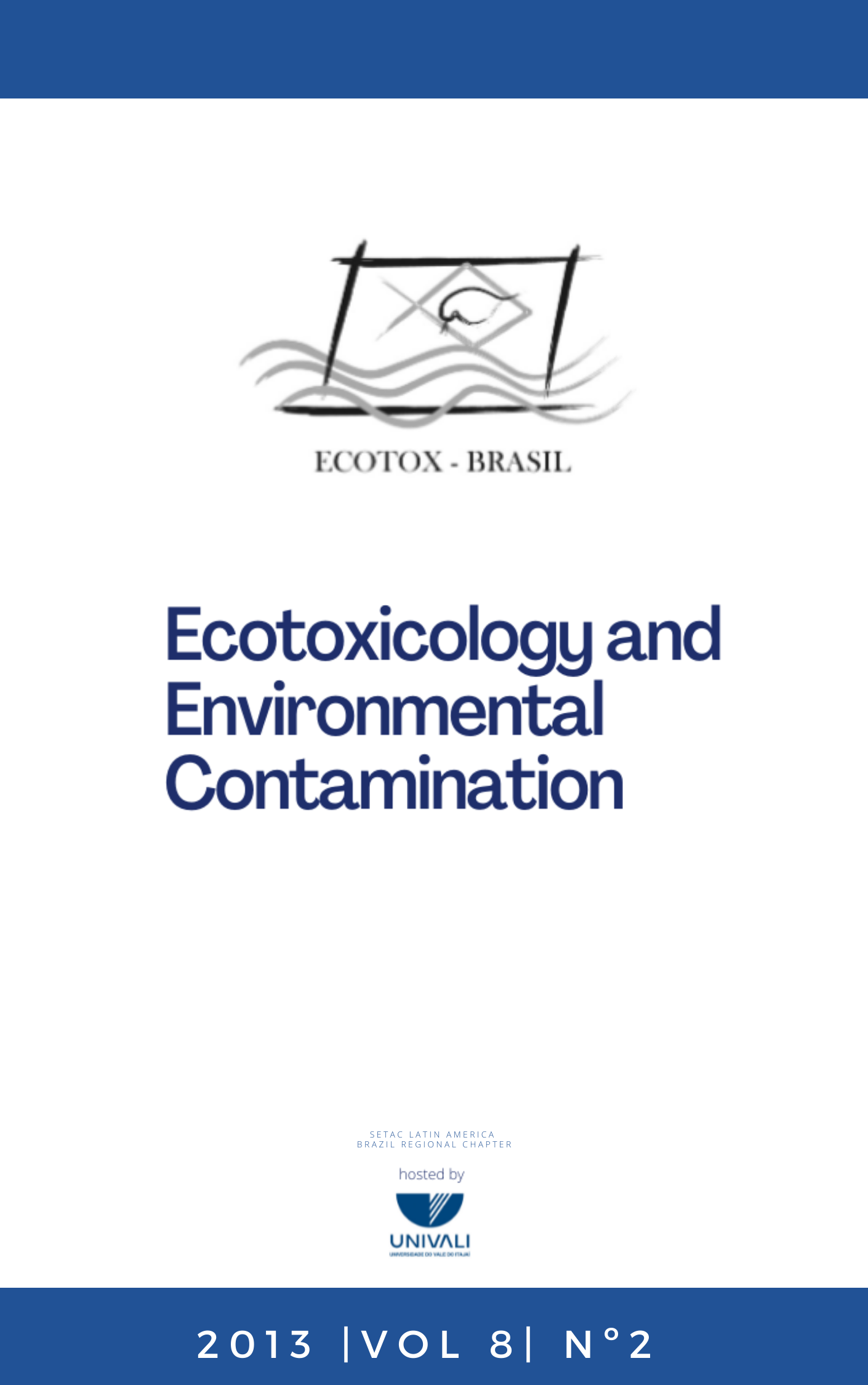Detection of metals by differential pulse anodic stripping voltammetry (DPASV) in pollen collected from a fragment of the atlantic forest in Piracicaba/SP
DOI:
https://doi.org/10.5132/eec.2013.02.005Abstract
Detection techniques of trace elements have high costs for routine analysis while differential pulse anodic stripping voltammetry (DPASV) has low operational costs and few structural requirements. This technique was considered a good alternative for pollen analysis. In the analyses, Zinc, Copper and Lead showed concentrations higher than the threshold established for human daily intake of food; however, Cadmium concentrations did not exceed the limits. The high concentrations found may be explained by the geographical locality of the apiary, which is located near the main road to access the city and a water and sewage treatment plant. In addition, other anthropogenic processes, namely agricultural, industrial and residential activities may have influenced. The technique of voltammetry can be considered a good alternative for pollen routine analysis, providing accuracy at lower costs. The study provides information about the contamination of the matrix of bee pollen.Downloads
Downloads
Published
How to Cite
Issue
Section
License
Copyright © 2006 ECOTOX-Brasil
Copyright notice: It is a condition for publication that manuscripts submitted to this journal have not yet been published and will not be simultaneously submitted or published elsewhere. By submitting a manuscript, the authors agree that copyright for their article is transferred to the Sociedade Brasileira de Ecotoxicologia (ECOTOX-Brasil) if and when the article is accepted for publication. The copyright covers the exclusive rights to reproduce and distribute articles, including reprints, photographic reproductions or any other reproduction of a similar nature, including translations. No part of this publication may be reproduced, stored in a retrieval system or transmitted in any form or by any means, electronic, mechanical, photocopying, recording or otherwise, without permission of the publisher.
Notice: While every effort is made by the EEC, editors and editorial board to see that no inaccurate or misleading data, opinions or statements appear in this journal, they wish to make it clear that the contents of the articles and advertisements published herein are the sole responsibility of the contributors or advertisers concerned. Accordingly, the EEC, the editorial board and editors and their respective employees, officers and agents accept no responsibility or liability whatsoever for the consequences of any inaccurate or misleading data, opinion or statement.




